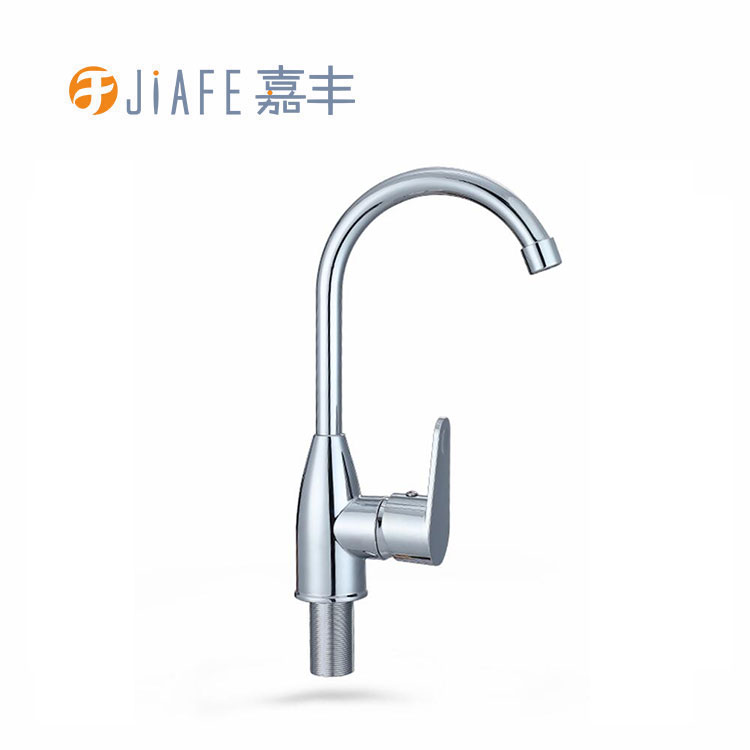Tapping into Sustainability: Exploring Water-Saving Features in Modern Faucet Design
2023-11-14
Introduction:
In an era where environmental consciousness is at the forefront of design considerations, faucets have evolved beyond mere functionality. Today, they are equipped with water-saving features that not only contribute to sustainability but also help homeowners conserve water without compromising performance. In this blog post, we'll delve into the water-saving innovations that have become integral to modern faucet design, with a focus on aerators and flow restrictors.
1. Aerators: A Breath of Fresh Efficiency:
- What Are Aerators?
- Aerators are small devices placed at the end of a faucet spout. Comprising a mesh screen and a flow restrictor, aerators introduce air into the water stream, creating a soft and foamy flow while simultaneously reducing water usage.
- How Do Aerators Save Water?
- By introducing air into the water stream, aerators maintain water pressure while using less water overall. This not only reduces water consumption but also minimizes splashing, making the overall experience more efficient and user-friendly.
- Environmental Impact:
- The installation of aerators can significantly contribute to water conservation. As homes and businesses embrace these features, the cumulative impact on reducing water waste becomes substantial, aligning with broader environmental sustainability goals.
2. Flow Restrictors: Navigating the Flow for Efficiency:
- Understanding Flow Restrictors:
- Flow restrictors are devices designed to limit the amount of water that can pass through a faucet. These are often integrated into the faucet or the aerator itself and are adjustable to allow users some flexibility in flow control.
- How Do Flow Restrictors Save Water?
- Similar to aerators, flow restrictors reduce the volume of water that flows through the faucet without compromising water pressure. This measured approach to water delivery ensures that only the necessary amount of water is dispensed, promoting water conservation.
- Customizable Control:
- Some faucets come with adjustable flow restrictors, allowing users to tailor the water flow to their preferences. This feature strikes a balance between water conservation and user convenience, empowering individuals to make conscious choices about their water usage.
3. Touchless Technology and Water Conservation:
- Smart Faucets and Infrared Sensors:
- Beyond aerators and flow restrictors, touchless or sensor-activated faucets contribute to water conservation by ensuring water is only dispensed when needed. These faucets often incorporate automatic shut-off features, preventing water wastage when hands are not detected.
- Precision Control:
- Smart faucets with touchless technology often include precise controls for adjusting water temperature and flow. This level of precision minimizes the potential for water waste, aligning with the broader goal of sustainable living.
Conclusion:
As we embrace a future focused on sustainability, the integration of water-saving features in faucet design becomes paramount. Aerators, flow restrictors, and touchless technology represent more than just innovations; they symbolize a commitment to responsible water usage. By choosing faucets equipped with these features, homeowners not only contribute to environmental conservation but also enjoy the dual benefits of efficiency and performance in their daily water routines. It's a small change in design that resonates with significant positive implications for both users and the planet.



